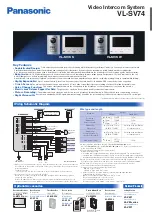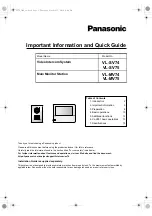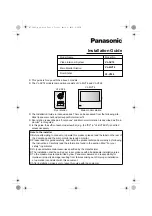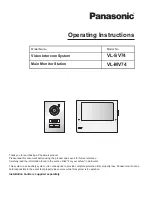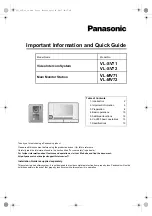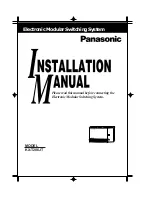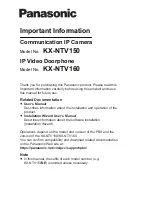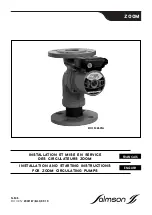
L-ACOUSTICS P Series Manual V2.1
7/12/2007
22
3.3 108P NEARFIELD MONITORING
Accurate frequency response (due to on-board DSP) and imaging (due to the point source coaxial
configuration) combined with elevated SPL output capacity make the 108P ideal for use as a high
performance nearfield monitor for live FOH mix engineering and for stereo or 5.1 monitoring in
studio, broadcast or post production environments.
For nearfield monitoring, either FILL (free space conditions, for example, when the 108P is placed on
a console bridge) or MONITOR (half space conditions, for example, when the 108P is wall- or soffit-
mounted) presets should be selected.
For stereo monitoring, left/right 108P separation should be approximately equal to the throw
distance to the listening position. Horizontal azimuth (panning) should be adjusted so that the zero
degree axes of left/right 108P monitors are oriented towards the listening position.
3.4 FLOOR MONITORING
For floor monitoring, the coaxial component configuration employed in the 112P provides a high
degree of image and coverage stability. The benefits of axi-symmetric directivity are readily apparent
since the performer is in close physical proximity to the enclosure and experiences a generous,
homogeneous coverage pattern without the subjective impression (and potential feedback problems)
of listening to a separate horn / woofer combination.
The MONITOR preset accounts for half-space loading conditions, i.e., there is a 6 dB increase around
100 Hz (due to floor coupling), followed by a broad cancellation that occurs between 200 – 600 Hz
(due to floor reflections). The MONITOR preset compensates for these two half-space loading
effects and provides a nominally flat frequency response curve with excellent fidelity and feedback
resistance.
When using 112P enclosures in pairs for floor monitoring, the same principles apply as for distributed
systems, i.e., the optimum spacing between floor monitors depends on the coverage angle of the
enclosure (90 degrees for 112P) and the throw distance to the performing artist (which is determined
by the 30-degree floor monitor angle with respect to vertical and the artist’s height). Center-to-
center overlap will provide the most uniform coverage (see Figure 19) and it is not advised to angle
wedges in but to use them with the front faces parallel to each other (essentially, angling in wedges
no longer provides optimum center-to-center overlap).
Summary of Contents for 108P
Page 1: ...Version 2 1 May 2007 L ACOUSTICS P SERIES 108P 112P SB15P OPERATOR MANUAL ...
Page 31: ...L ACOUSTICS P Series Manual V2 1 7 12 2007 30 Figure 24 108P Line Drawing ...
Page 32: ...L ACOUSTICS P Series Manual V2 1 7 12 2007 31 Figure 25 108P ETR8 2 Line Drawing ...
Page 34: ...L ACOUSTICS P Series Manual V2 1 7 12 2007 33 Figure 26 112P Line Drawing ...
Page 35: ...L ACOUSTICS P Series Manual V2 1 7 12 2007 34 Figure 27 112P ETR112XT Line Drawing ...
Page 36: ...L ACOUSTICS P Series Manual V2 1 7 12 2007 35 Figure 28 112P XTLIFTBAR Line Drawing ...
Page 38: ...L ACOUSTICS P Series Manual V2 1 7 12 2007 37 Figure 29 SB15P Line Drawing ...
Page 39: ...L ACOUSTICS P Series Manual V2 1 7 12 2007 38 Figure 30 SB15P ETR15P Line Drawing ...
Page 50: ...w w w l a c o u s t i c s c o m ...
Page 76: ...w w w l a c o u s t i c s c o m ...
Page 102: ...w w w l a c o u s t i c s c o m ...
Page 103: ...w w w l a c o u s t i c s c o m ...































